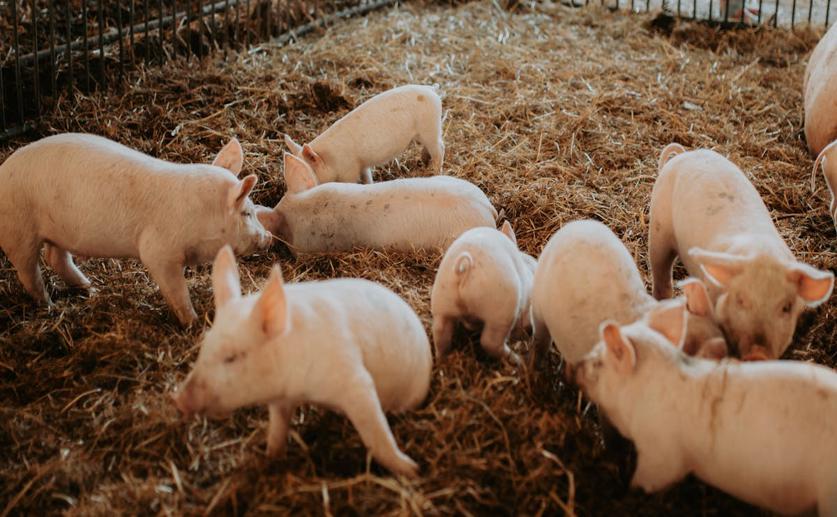
Dietary Supplement Blend for Young Piglets on Farms
Jim Crocker
16th September, 2024

Image Source: Luke Miller (photographer)
Key Findings
- The study from Università degli Studi di Milano tested a dietary blend on weanling piglets to improve their health and growth
- Piglets fed the blend showed better weight gain and average daily growth compared to those on a standard diet
- The blend improved gastrointestinal health and reduced stress levels in piglets, as indicated by better fecal scores and lower salivary cortisol levels
AgricultureNutritionAnimal Science
References
Main Study
1) Dietary supplementation with a blend composed of carvacrol, tannic acid derived from Castanea sativa and Glycyrrhiza glabra, and glycerides of medium chain fatty acids for weanling piglets raised in commercial farm.
Published 13th September, 2024
https://doi.org/10.1007/s11259-024-10539-1
Related Studies
2) Biomedical applications of tannic acid.
3) Effect of tannins on growth performance and intestinal ecosystem in weaned piglets.
4) Habitat fragmentation is associated to gut microbiota diversity of an endangered primate: implications for conservation.



 14th May, 2024 | Jenn Hoskins
14th May, 2024 | Jenn Hoskins